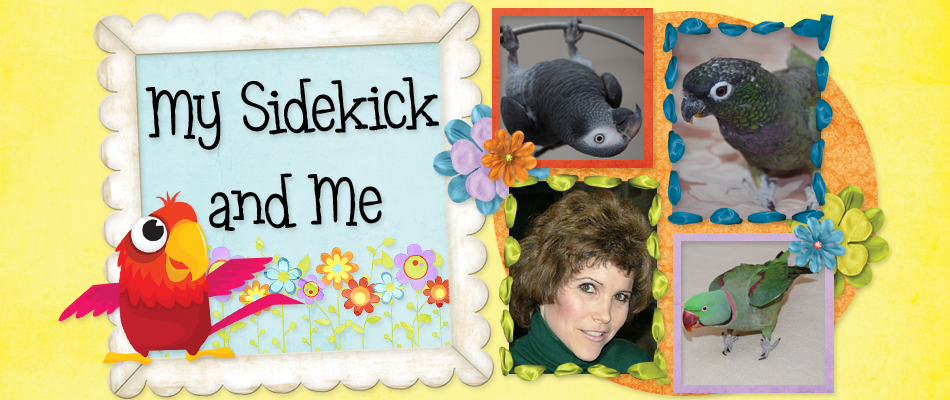
What Dr. Susan Friedman and other animal behaviorists/trainers who use positive methods teach is that, rather than blaming the animal, the better and more productive way of looking at it is as a lack of skill – a learning opportunity. Think about it, animals don’t sit around plotting how to get even or misbehave. They’re doing what they’re doing because they’ve learned what they’re doing gets them positive results (or at least positive to them). Their behavior is serving them a purpose.
Truth is, we don’t really know what our pets’ are thinking or feeling anyway. I may think that my bird is mad or jealous, but how could I possibly know for sure. Heck I have a hard enough time trying to figure out men. The only thing I know with certainty is that the animal is behaving, and that behavior is occurring because it is being reinforced.
What we, as their caretakers and therefore trainers, need to realize is that we can very effectively empower our pets to make decisions and modify their behavior in a way that will lead to their success while also improving their quality of life.
One of the first steps is to stop thinking about problem behaviors in terms of just removing them, but instead focus on what purpose those behaviors serve to the animal. Could it be that your bird bit your hand because you persisted to force him to step up, even after he tried to communicate first by dilating his eyes and leaning away – and biting was the one action that caused you to back off? Could it be your dog chewed up your favorite sock because it caused you to give him attention?
Your pet can’t really be accountable for its unacceptable behaviors if YOU or something else in the environment gave those behaviors purpose, now can it? Wow, that’s something to think about.
So, what would happen if, instead of punishing your dog for chewing your sock, you instead modified the environment. You could be diligent about keeping your socks out of reach while teaching him to chew on a rawhide. By praising him profusely each and every time he has the rawhide in his mouth, you are teaching him that he can earn the same – even better – reward for doing something you *want* him to do. Then you can catch him doing something else you approve of, and you can praise that. And so on.
When he does something you don’t approve of, you simply don’t react. You remove all value from the unacceptable behavior while at the same time, give the acceptable behavior lots and lots of value. You’ve made it easy for him to make the *right* decision. Which option do you think he’ll choose?
Applied behavior Analysis is the process of solving practical behavior problems by changing the environment. It involves focusing tightly on the specific behavior you want to modify, and then looking at it in the context of its surroundings. What is giving that behavior purpose? What happened immediately prior to the behavior (antecedent) to set the wheels turning? What happened *immediately* after the behavior to reinforce it (consequence)?
When you look at the behavior in this way, you can begin to think about what needs to change in order to teach your pet what you want it to do. Positive reinforcement is all about arranging very motivating consequences to a behavior that are meaningful to the animal, while making sure you don’t inadvertently reward the wrong behavior. And one of the great perks to this kind of teaching strategy is that you’ll also notice your relationship with your pet grow as it associates you with that reward.
NOTE: Content for this post came from one of my past Pet Pals columns for Hyde Park Living
Sunday, May 17, 2009
Don't Blame Your Pet
Subscribe to:
Post Comments (Atom)












0 comments:
Post a Comment